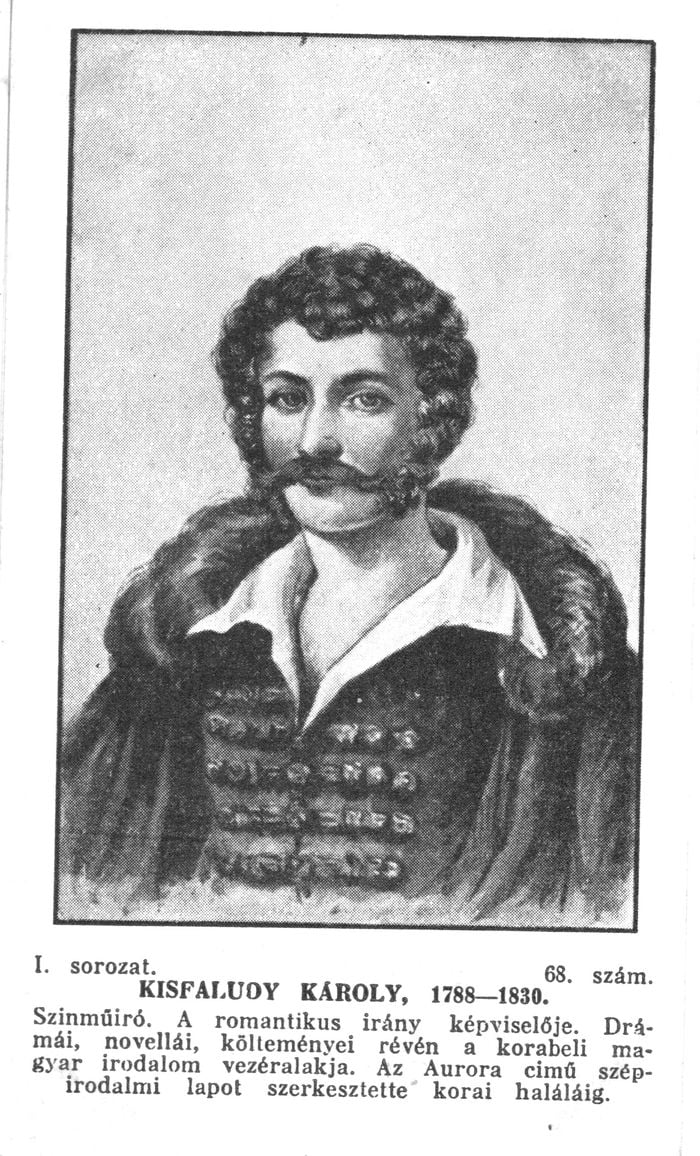By the fourth century, historians must pay much more attention to Christians of various stripes and their doings. No reader has to search very far to find stories about the triumph of Christianity after Constantine, and it is common to speak of the Christian Roman empire from the fourth century forward. Such expressions have made it harder to see how transformative and revolutionary were the reigns of Clovis and Justinian in the sixth century, for it was they who invented Christian empires.
Until the sixth century and Justinian’s interventions, official Christianity was much more modest than what it became. It was intrusive and bizarre by our modern standards, but still a far cry from the integrated church-states that followed. If we have not spoken more of religion in Theoderic’s world it is because he was the last of the old Roman Christian rulers, remarkably traditional in beliefs and practices.
Before any attempt to describe the religious landscape of Theoderic’s time and the changes to come, it will help to state explicitly what the triumph of Christianity consisted of, for the truth is mildly surprising.
The Christian communities of the first three centuries were what a modern reader should expect them to be. There were active and successful communities, achieving some size and scale in places like Alexandria and Carthage, and at the other extreme forming many small pockets and outposts, seeded by missionary enthusiasm and watered by zeal over the years, but not always surviving. A map of the Roman world showing Christian presence during the years before Constantine would have dots sprinkled like a rash, clustered in Egypt, around Carthage, and in Asia Minor and Syria, with odd clusters here and there elsewhere, and a lighter sprinkling of dots in places like Gaul and Spain. Christianities were everywhere, but a force to be reckoned with nowhere coastal bulgaria tours.
I use the surprising plural “Christianities” to speak of this religious movement for good reason. Even in Paul’s letters, the tension between homogeneity and diversity is evident, as when he insists that he speaks of the creed of Christ, not that of Apollo or Paul. This implies that the idea of a unified, coherent Christian community was already powerful, but far from fully realized. Within a very short time, different flavors of preaching about Jesus were growing and spreading. Even those communities expressing friendship and solidarity for others might be found on close examination to be quite different in their beliefs and practices.
Jewish communities
People speaking of Christ originated in the midst of Jewish communities and continued to use the Jewish scriptures, so we should not be surprised that it was not always obvious just where Jewishness left off and Christianity began, nor was it always important to everyone concerned to make the line obvious. Though both Jewish and Christian communities emphasized tokens and deeds identifying fully committed members, well-wishing, curious, semi-affiliated people also surrounded them in many or most cases. Though both Jewish and Christian teachers preached a single supreme deity, not all of the well-wishers—and sometimes not all of the circumcised or baptized believers—were fastidious about staying away from other religious festivals and communities. Some Christians surrounded themselves with bright, sharp doctrinal lines to keep out all manner of outsiders. Many famous preachers regularly inveighed against lukewarm Christians, pagans, and even Jews in the midst of their flocks: that is to say, people who showed up in church without being quite as zealous about it as others expected them to be. Reality was not so tidy or clear as preachers wished.
This messiness of boundaries in belief and practice was entirely normal. Everyone in the Roman world was religious. On examination, even the most cynical skeptics lived securely within the realm of ancient religious practices. Some worshippers manifested their beliefs in a manner that moderns might call superstitious. But were they really? In our world, is a baseball player who crosses himself before stepping up to the plate devout or just superstitious?
Religion moreover
Religion, moreover, was at bottom a technique, sometimes rising to the level of a technology. In a threatening and dangerous world, religious acts provided a measure of control over unseen powers. Only a fool outright refused to participate. The Hebrew scriptures said as much: “The fool has said in his heart, ‘There is no god.’” No one at all would disagree. The old Epicureans, believing in a divine force, thought it so lofty and imperturbable that attempts at appeasement were pointless, but they were a tiny minority. Everyone else was doing something to keep divine forces at bay Their fellow travelers Theoderic’s name.
The word moderns most commonly use for these practices was in origin a stinging Christian insult: paganus, roughly, “hick” or “rube.” A high- or narrow-minded Christian, holding that all religious expressions except the most orthodox were at best folly and at worst demonic, would lump together all those practices (except the Jewish) as pagan, expressing a sniffy social superiority. We would do better to avoid that polemical word entirely. Instead we should speak of old practices, either particular (such as Mithraism, a cult popular among soldiers for some centuries) or general (traditional rites). Doing so makes it easier to see what is distinctive about Christianity—innovation and cantankerousness.








